The month of March is known for St. Patrick’s Day, the beginning of the spring season, and the often-questioned daylight-saving time. On Sunday March 9th, most of America will wake up in the morning, having lost an hour of time.
“I don’t mind getting the extra hour in the fall, but I can’t stand losing an hour in the spring,” says Jaloni Wilson of Winchester, CA. “I mean what purpose does changing the time back and forth actually do? For me, it throws my sleep patterns and daily routines off.”
It was first implemented during World War I, to extend work days and conserve fuel usage. The Standard Time Act, which was signed in 1918, established time zones in the United States. Prior to its passage, the country had several time zones in place. Most were created by its vast railroad operators and systems, and often led to confusion for the general public.
The Standard Time Act included a provision that called for Daylight Savings Time. It stayed in effect for less than a year before Congress repealed it. The war ended, and the nation’s farmers hated the scheduling disruptions it caused. “They should have repealed it forever!” says Kyan Armstrong, a student at Riverside Community College District’s Norco College.
“I took a history class that spoke about Daylight Savings Time, and I was like why, did they bring it back,” says Armstrong. “I hate it. It messes me up every spring and every fall. A bill passed to get remove it, so I wonder why it is still here.”
After public pressure to abolish it, California voters passed a Proposition to change the dates of daylight savings time; however, since it needed Congressional approval on the National level, nothing changed. California Assemblyman Tri Ta, and State Senator Roger Niello introduced a bill in 2024 to end it completely. It didn’t pass, but an amended bill to study its effect on people did, with the results due to the state Legislature by 2027. Undeterred, Senator Niello recently introduced a 2025 senate resolution and bill to again abolish it. His latest efforts are ongoing.
The “fall back” and “spring forward” monikers we associate with Daylight Savings time today, came about with the passing of the Uniform Time Act of 1966. Signed into law by President Lyndon B. Johnson, it mandated the present-time changes we see twice a year. States were given the option to opt out, and Hawaii and Arizona both did. Unlike the rest of the U.S., their clocks remain the same all year.
“It needs to go,” says Khaleel Childs, a recent graduate of CSU San Marcos and College Coach at Vista Murrieta High School. “It just doesn’t make sense in my opinion. I’ve been to Arizona, where the time doesn’t change, and they are just fine. Changing all my clocks and losing or gaining an hour of sleep, causes unnecessary problems.”
In 2022 the U.S. Senate passed the Sunshine Protection Act which would make daylight savings time permanent. It never went to the House for a vote and has been in limbo ever since. Senator Rick Scott of Florida made recent efforts to reintroduce it to the Senate, while Representative Vern Buchanon also of Florida referred it to a House Committee. In a press release, Scott proclaimed, “Americans are sick and tired of changing their clocks twice a year – it’s an unnecessary, decades old practice that’s more annoyance to families than a benefit to them.” Only time will tell if their actions will come to fruition. “Every fall I get a headache thinking about losing an hour of sleep,” said Wilson. “It needs to end as soon as possible.”
Public perception about daylight savings time has been mixed since its inception. Government officials on the state and federal levels have consistently introduced legislation to end it. Their present-day efforts, combined with the growing calls from Americans calling for its end, may bring about its final demise.
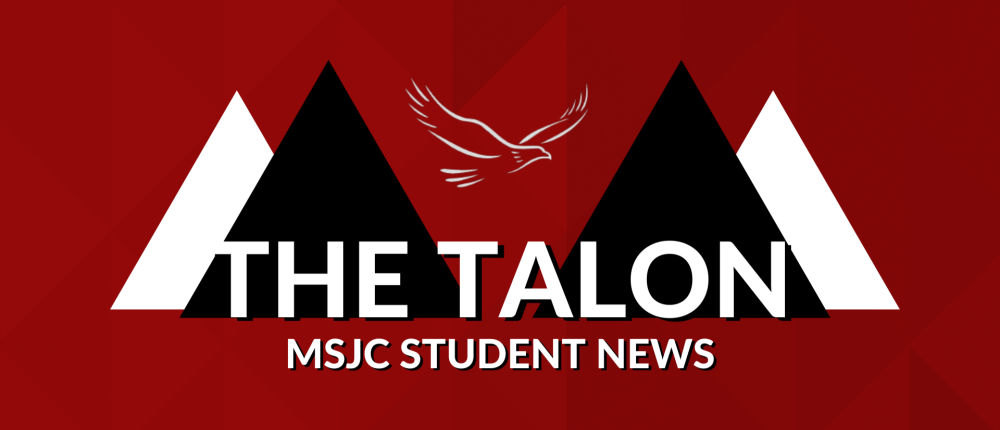




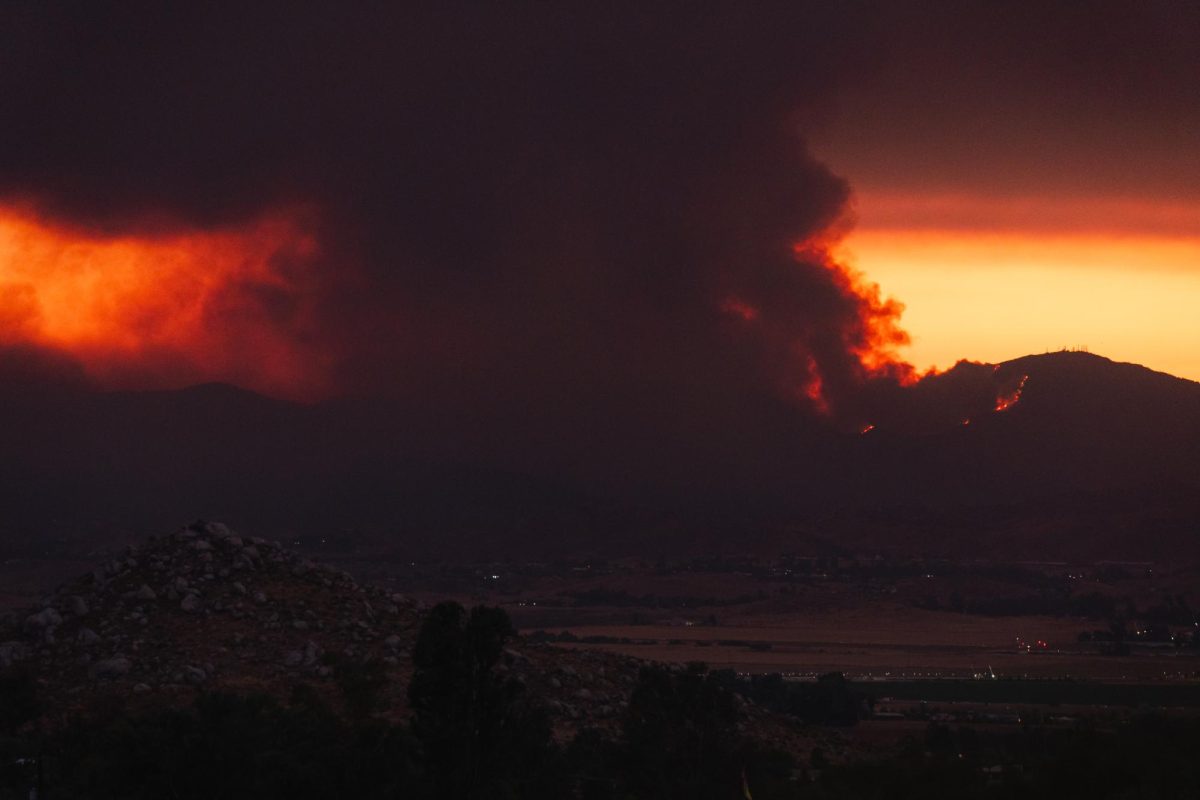

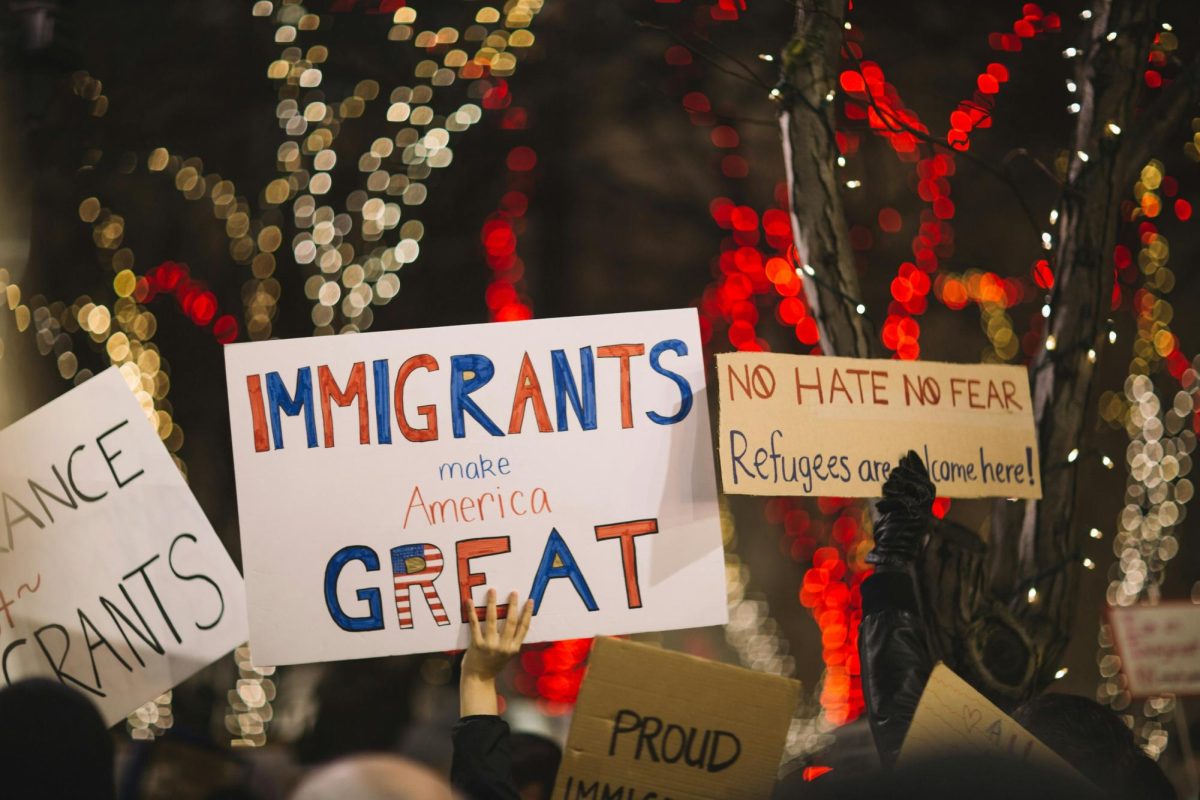
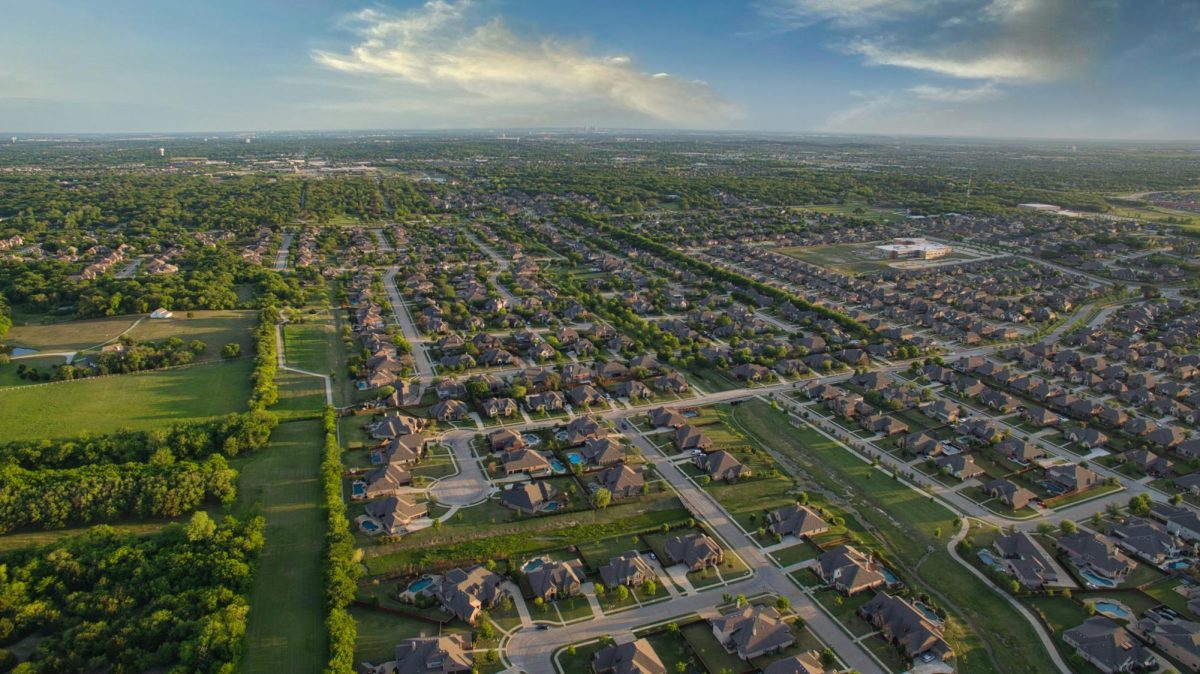

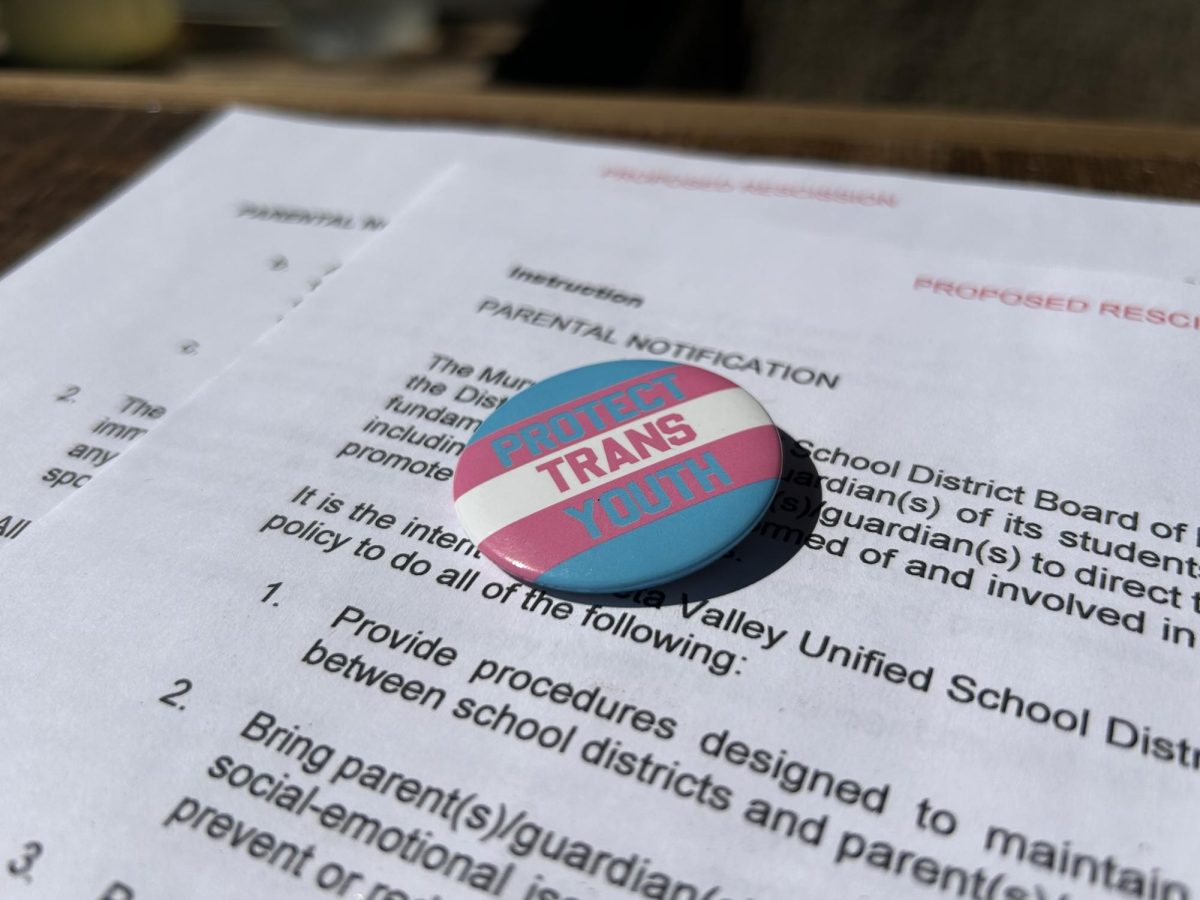









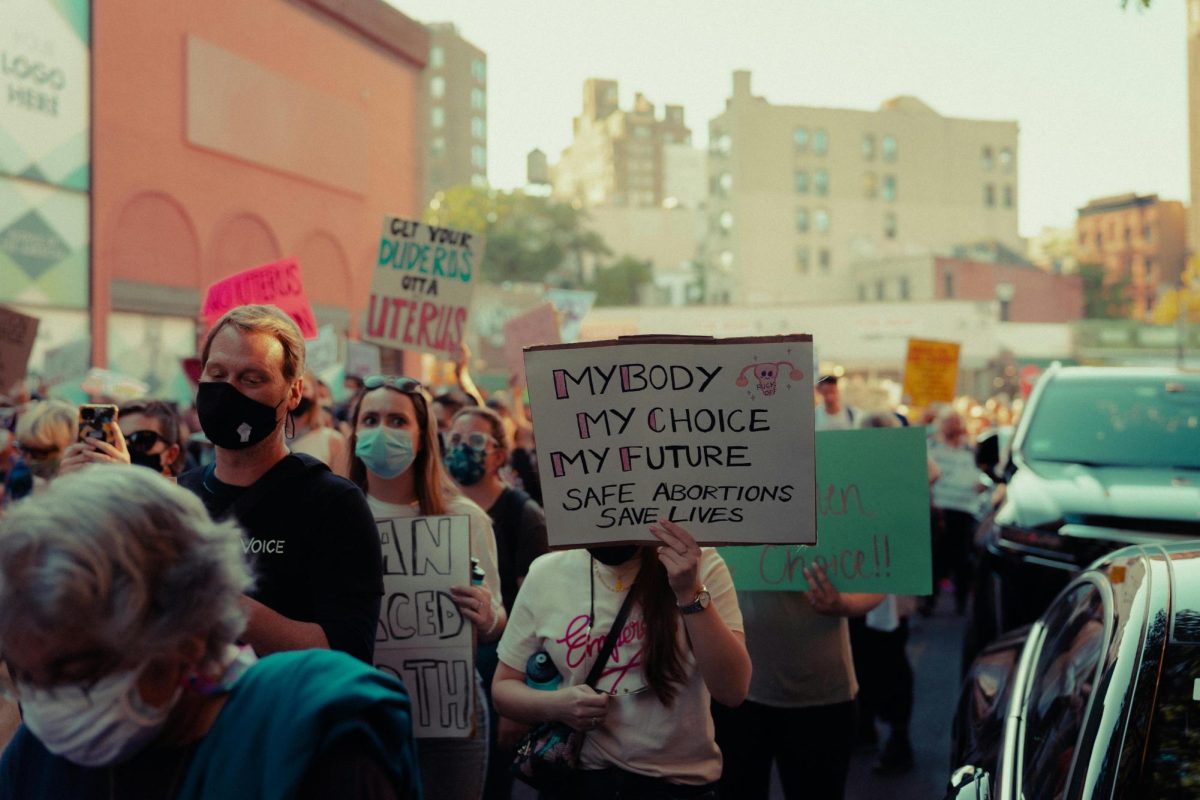







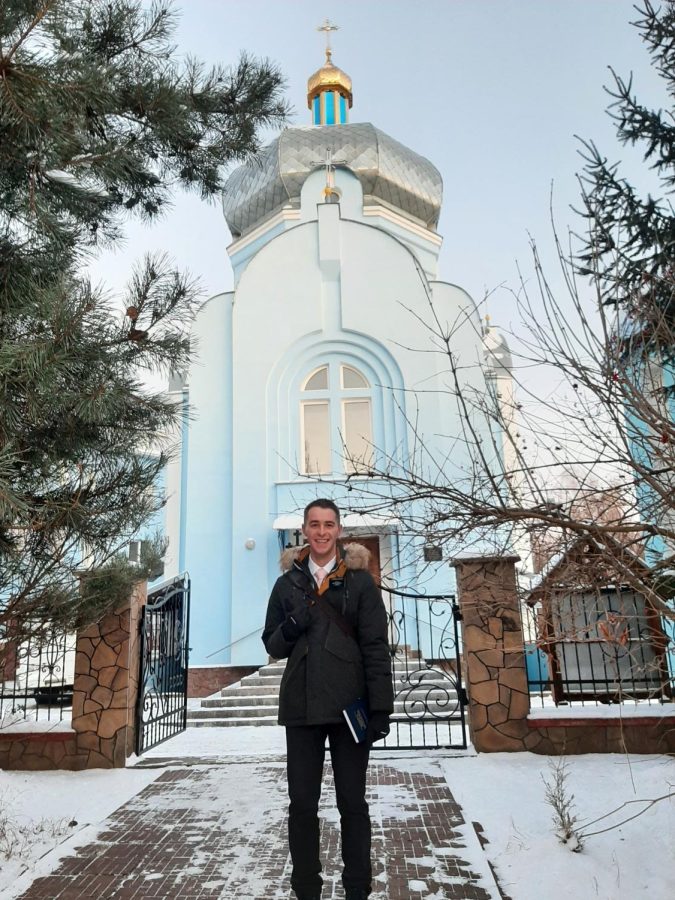


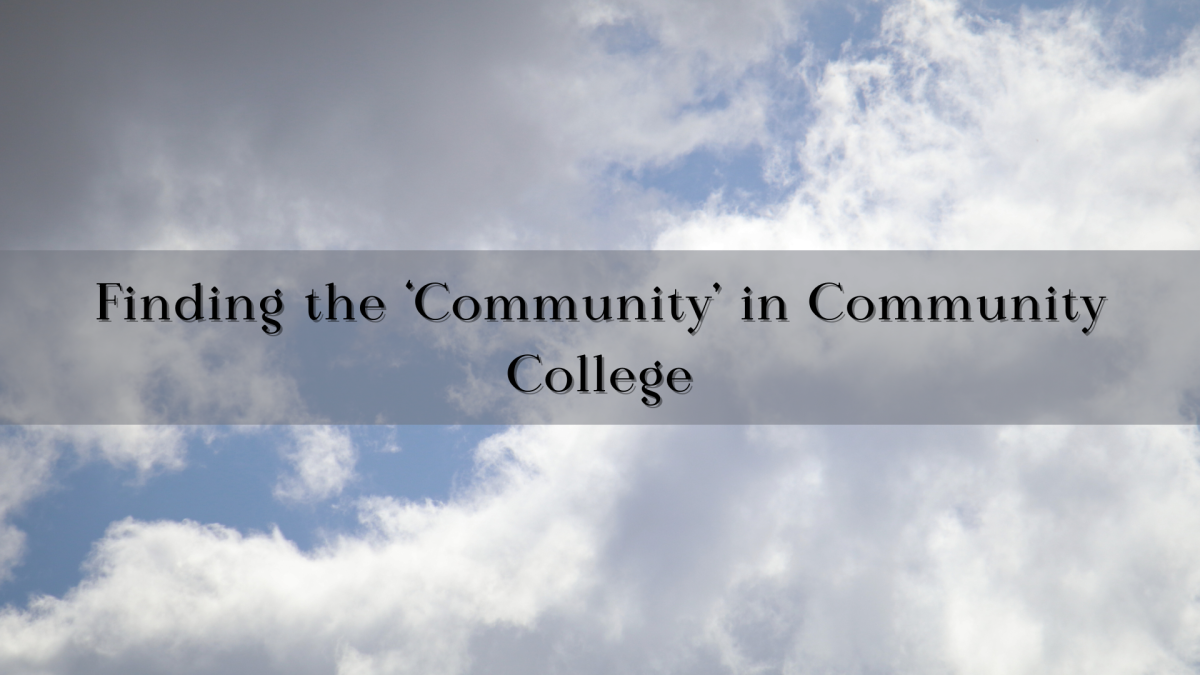



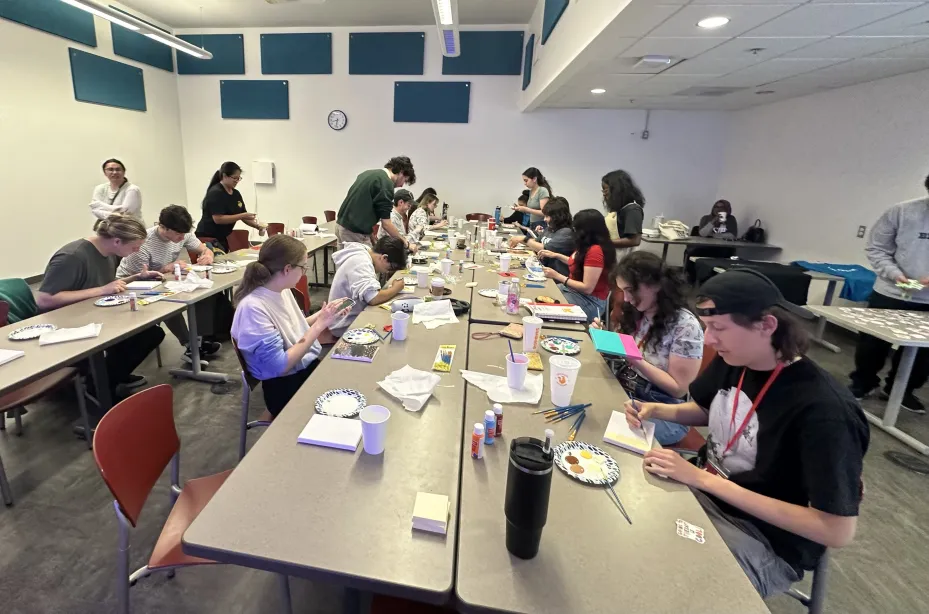






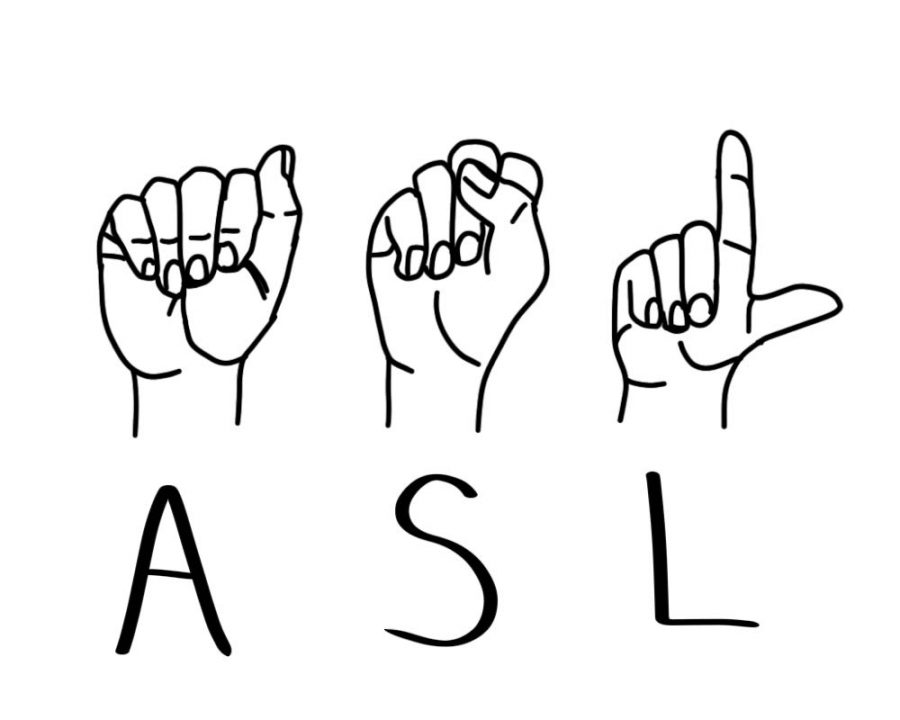

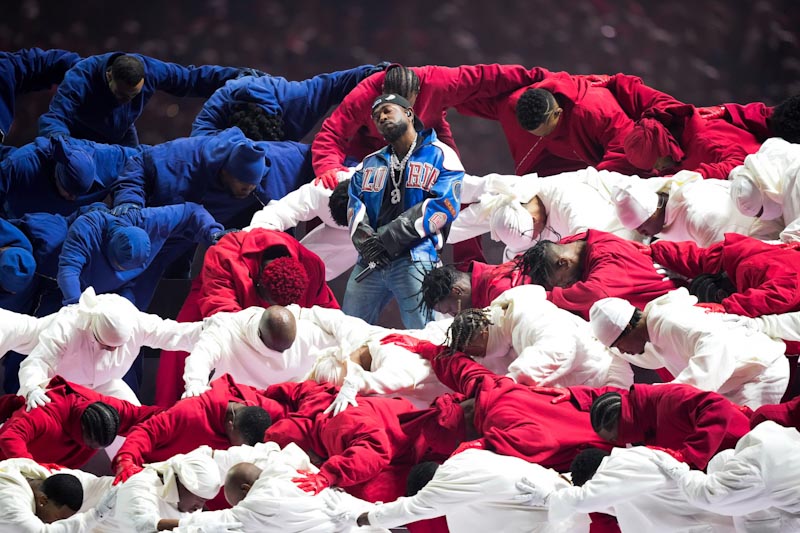
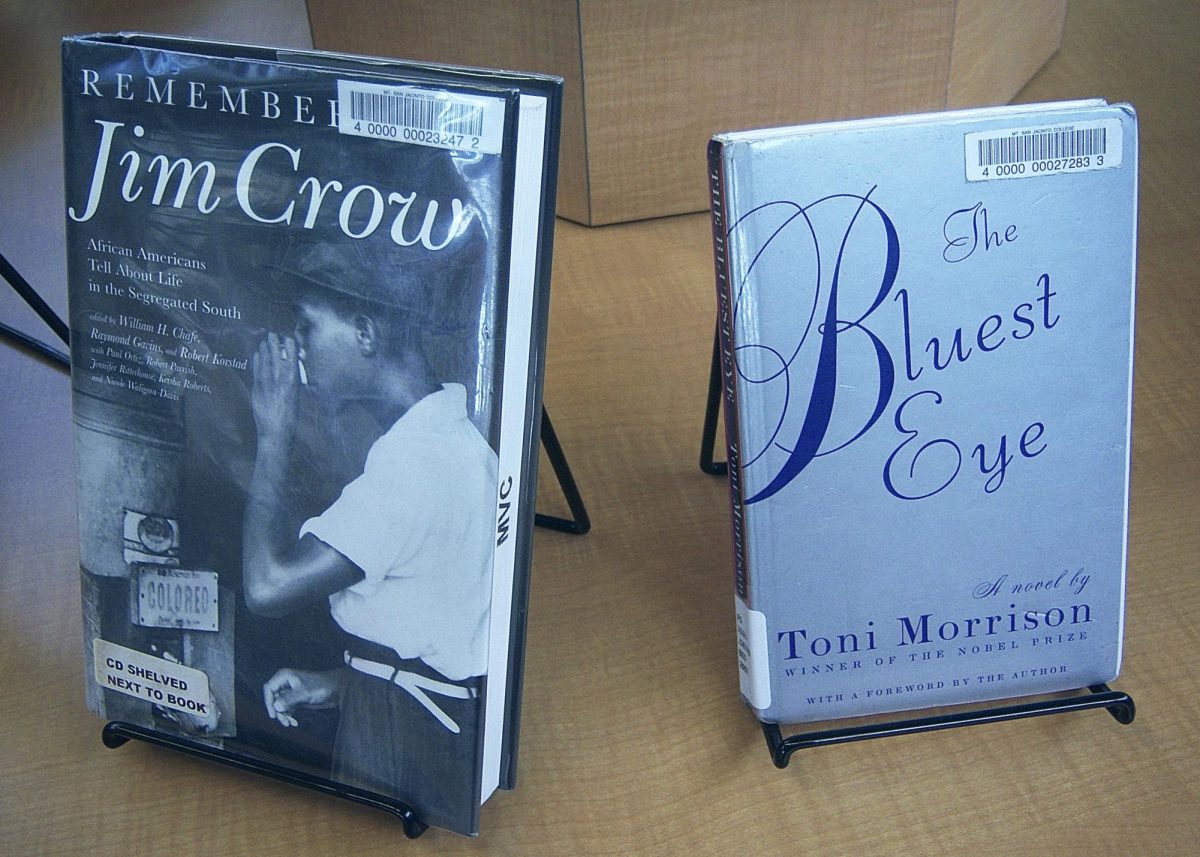





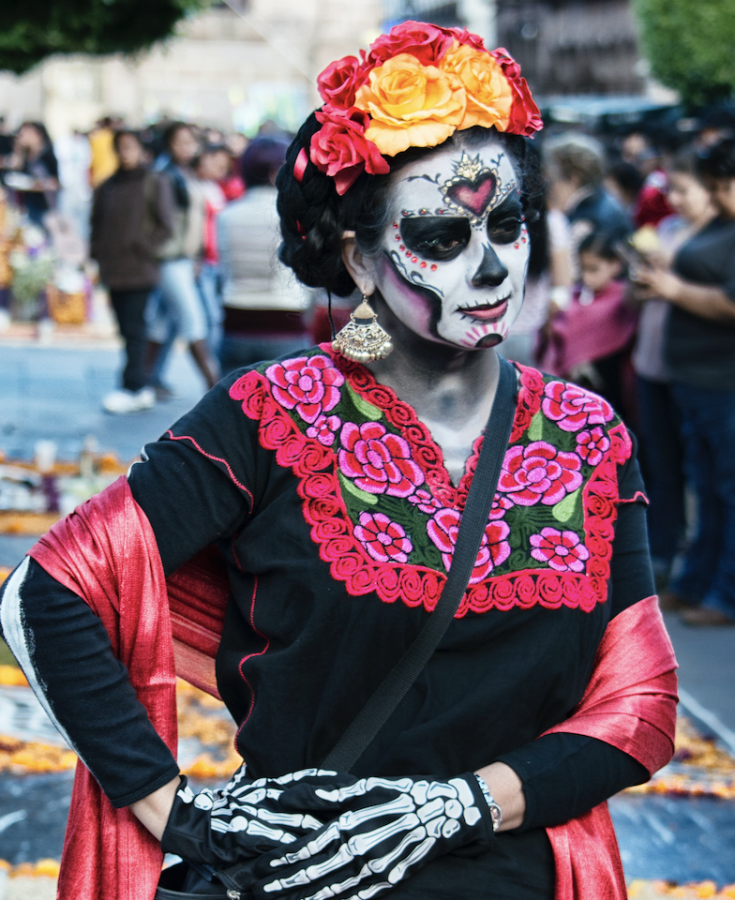


















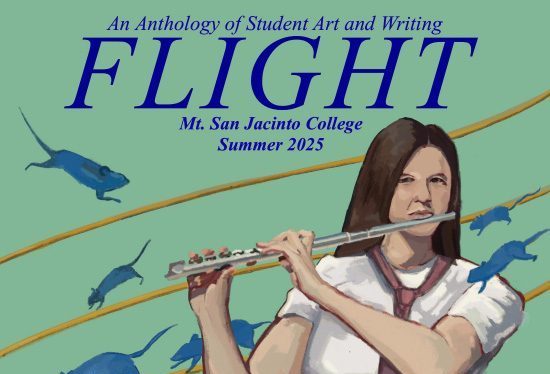




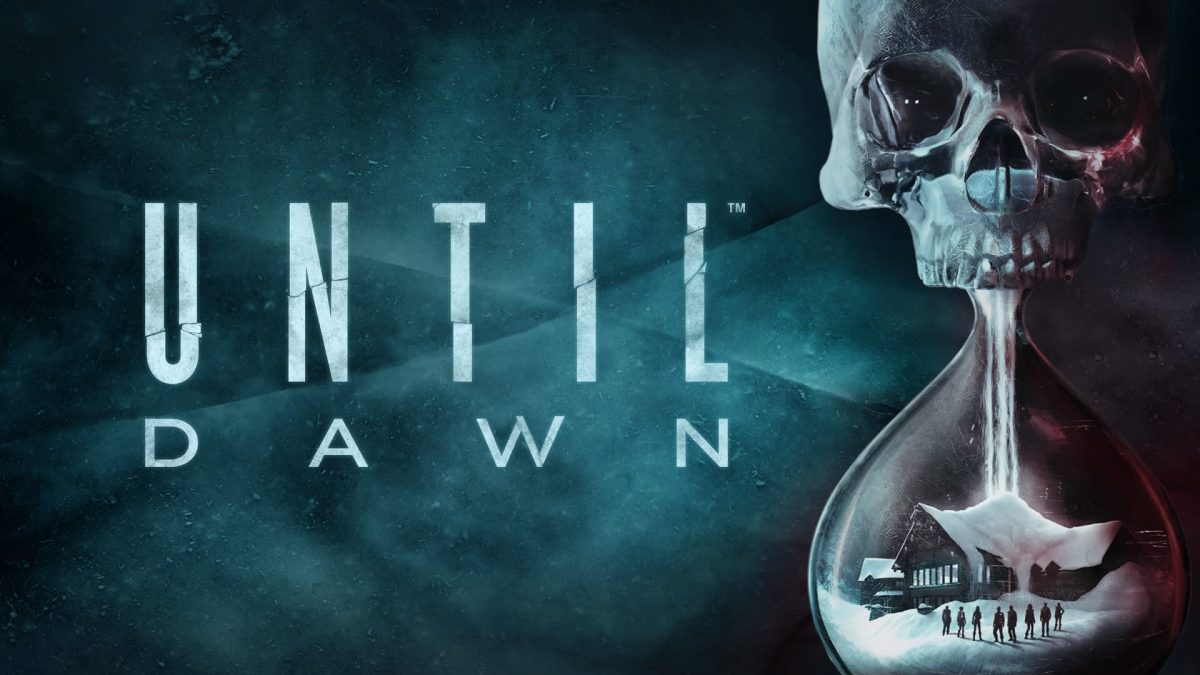

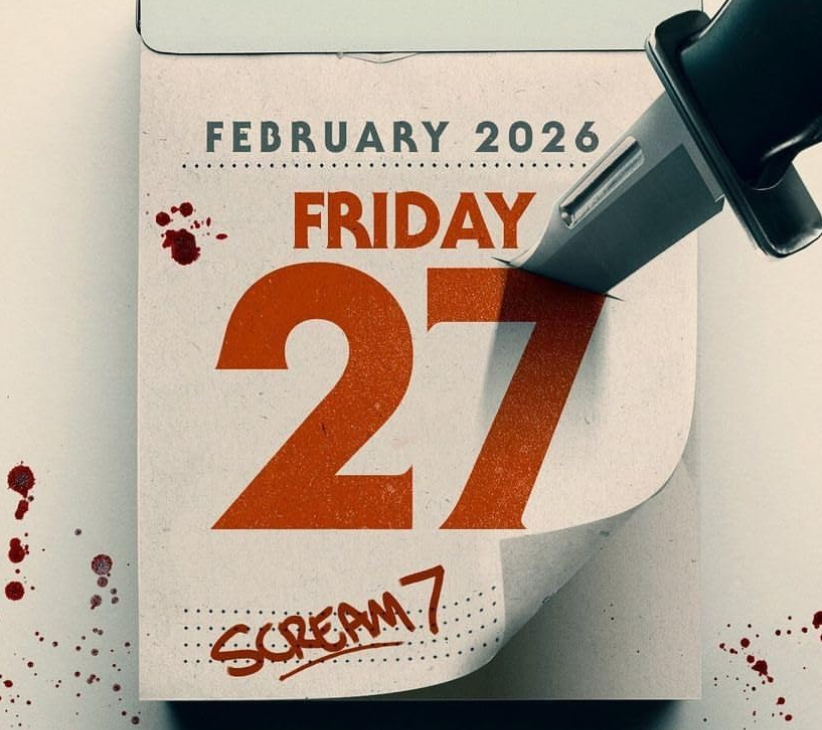

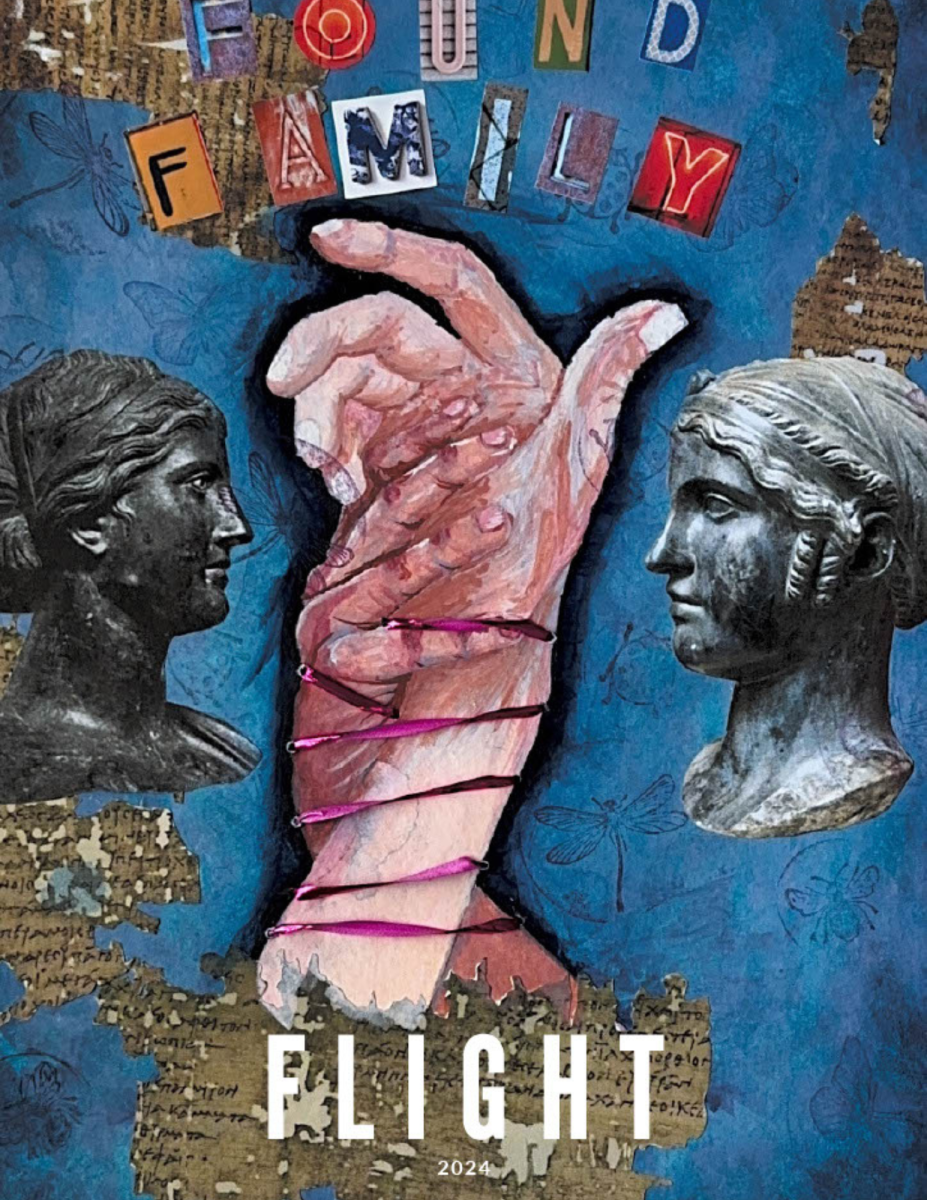







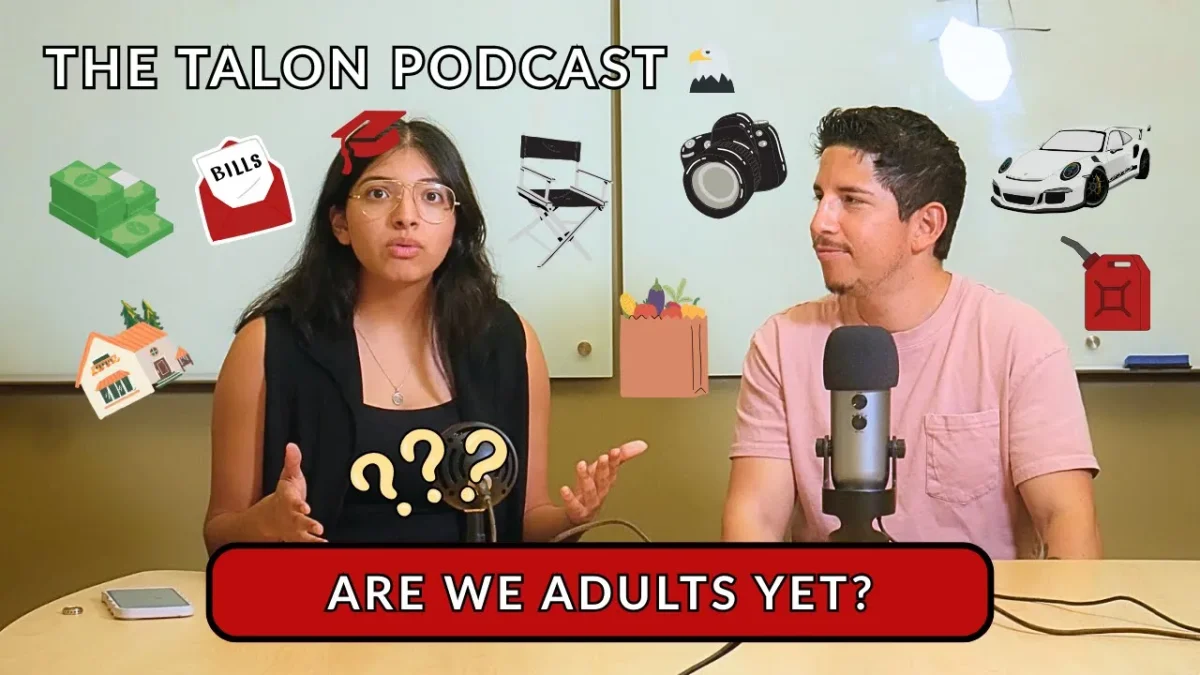

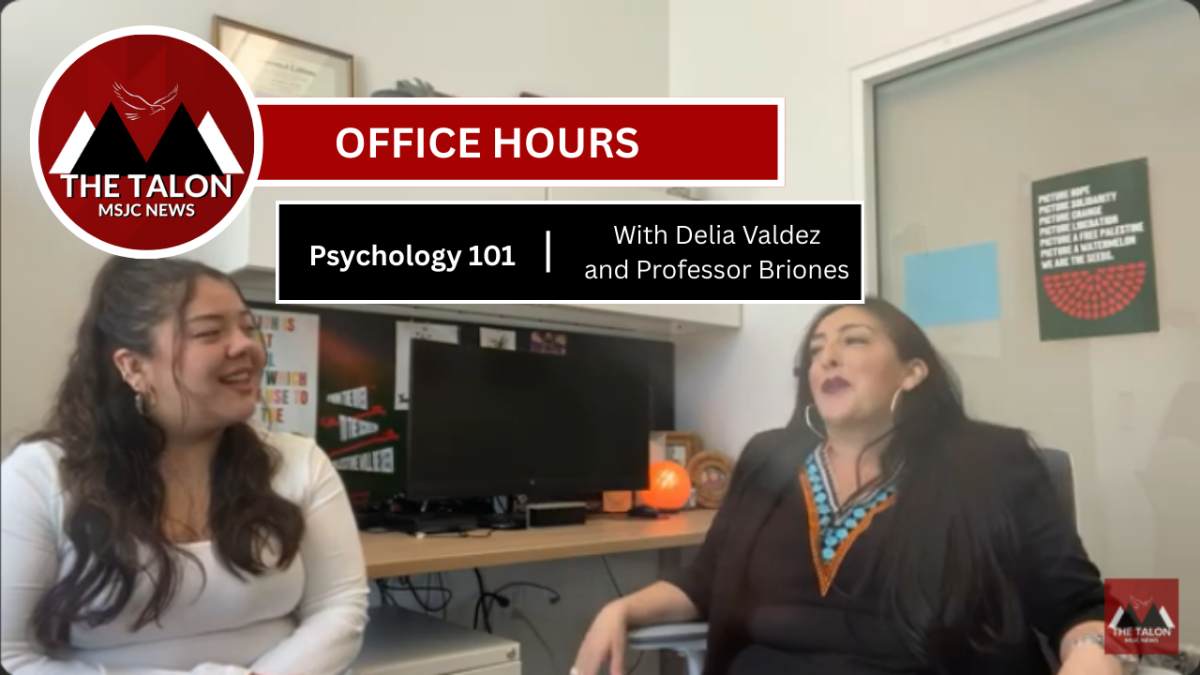
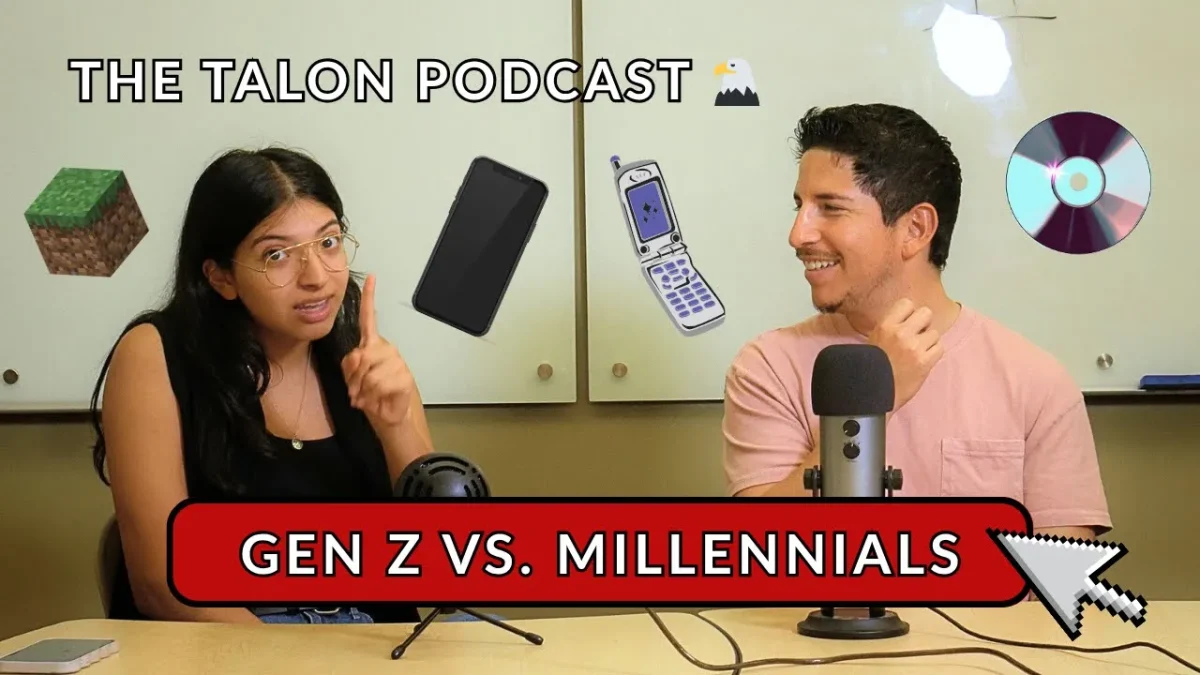








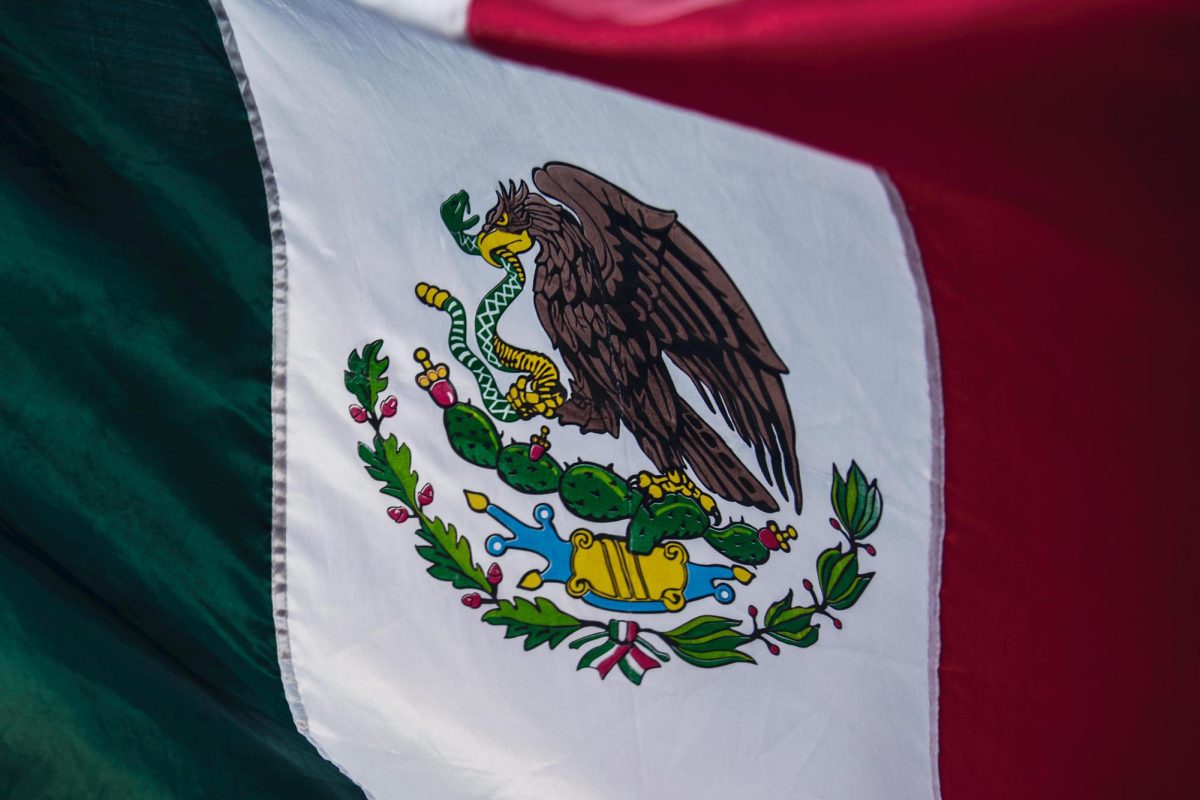


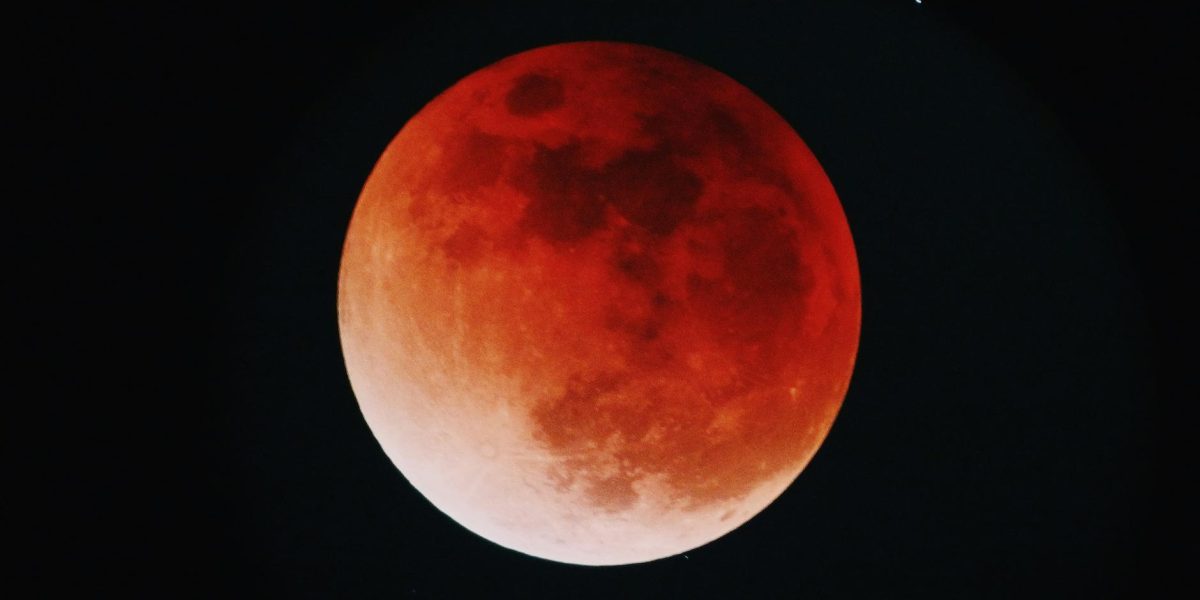


Joe Childs • Apr 9, 2025 at 7:08 pm
Very enlightening article. It explains the history in detail. Very well written.
Danaija Childs • Apr 10, 2025 at 9:55 am
Thank you